Featured exhibits
Select material from the collection has been used to create a series of philatelic exhibits looking at the impact of World War II in Holland, focusing on the war's impact on the civilian population. Each exhibit consists of forty (40) tabloid pages and includes both philatelic and other original artifacts, organized around a central theme. The first exhibit "The Evolution of the Holocaust in Holland" looks at the Nazi's increasingly harsh measures against the Jewish population that ended in the death camps of Auschwitz and Sobibor. The second exhibit "False Hopes and Lasting Thanks" examines the impact of Operation Market Garden. Three further exhibits are currently in production, "Code Name Yellow: 1940-Invasion and Occupation of Holland," "Daily Life in Occupied Holland," and "The Hunger Winter and Liberation."
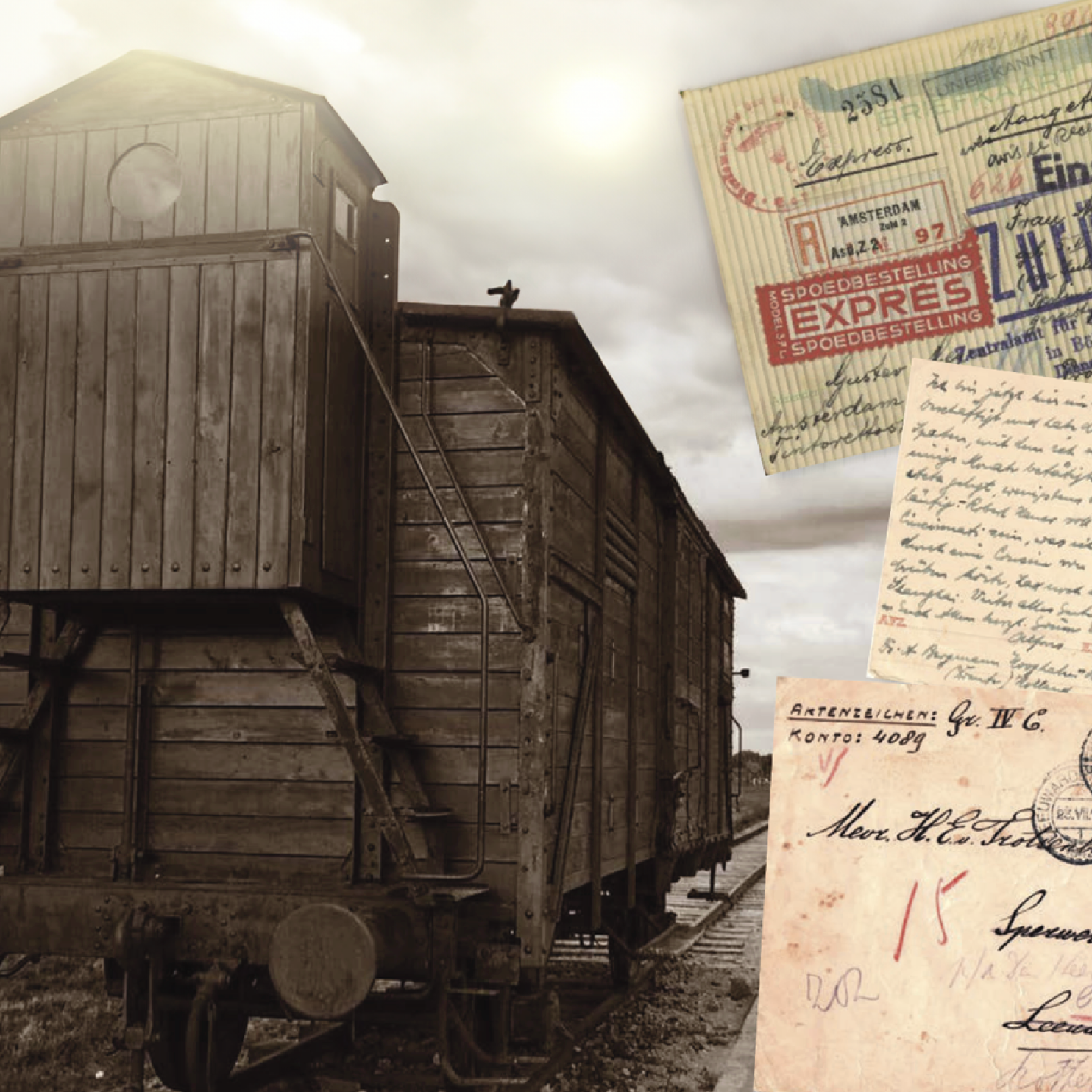
The Evolution of Holocaust in Holland
This exhibit shows in detail how the destruction of the Jewish population in Holland evolved from pre-war Refugee Camps through a series of Transit and Concentration Camps to the gas chambers of Auschwitz and Sobibor. Using contemporaneous correspondence and related documents, the exhibit shows the clear progression from collection to internment and on to deportation to the "East," ultimately resulting in the death of over 105,00 Dutch Jews.
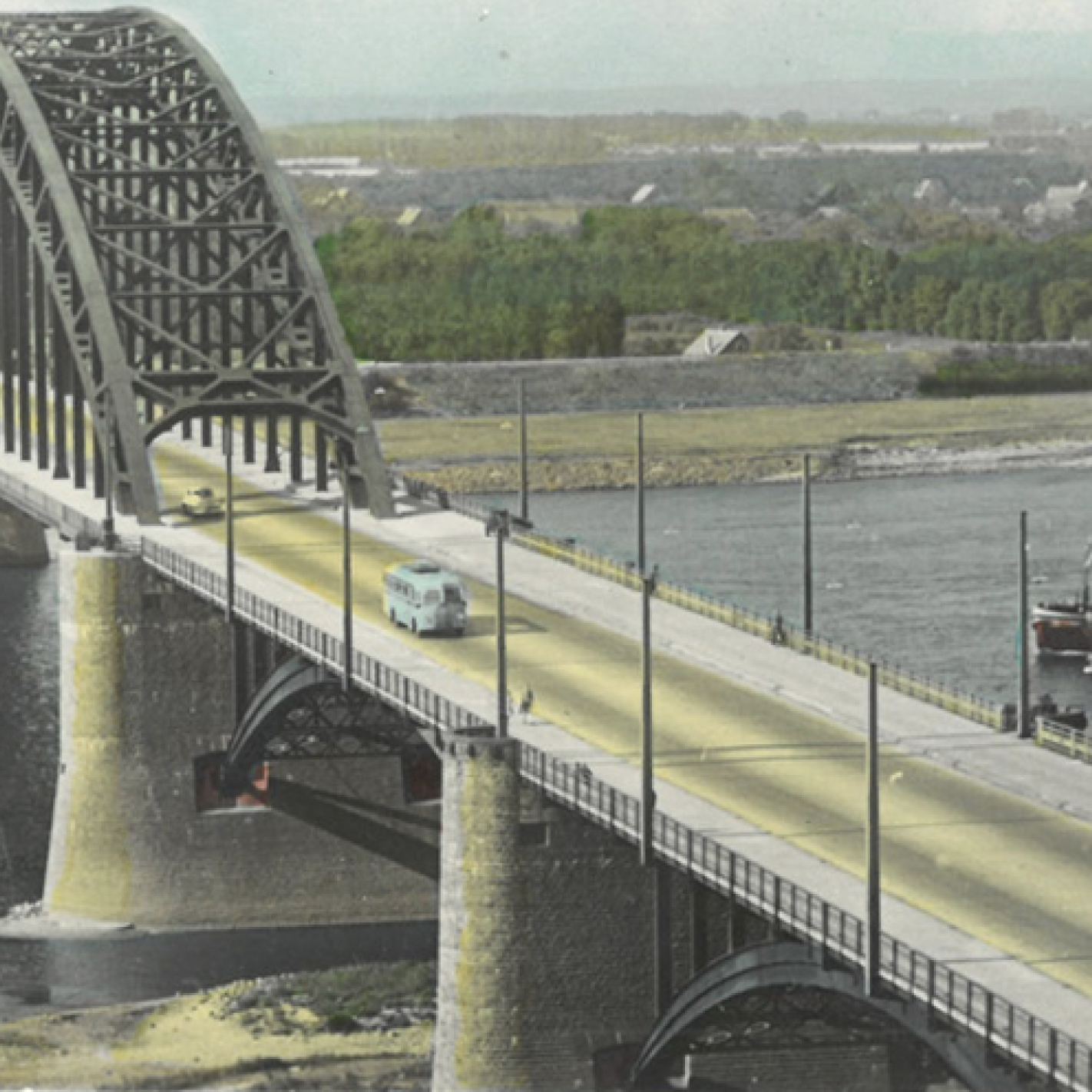
False Hopes and Lasting Thanks: The Battle of Arnhem
Operation Market Garden, undertaken by the Allies in September 1944, raised hopes of liberation and the end of four years of German occupation in Holland. This exhibit looks at the Battle of Arnhem and its aftermath from the perspectives of the Dutch civilians and German and British combatants whose lives intersected for ten days in Arnhem and the surrounding area.
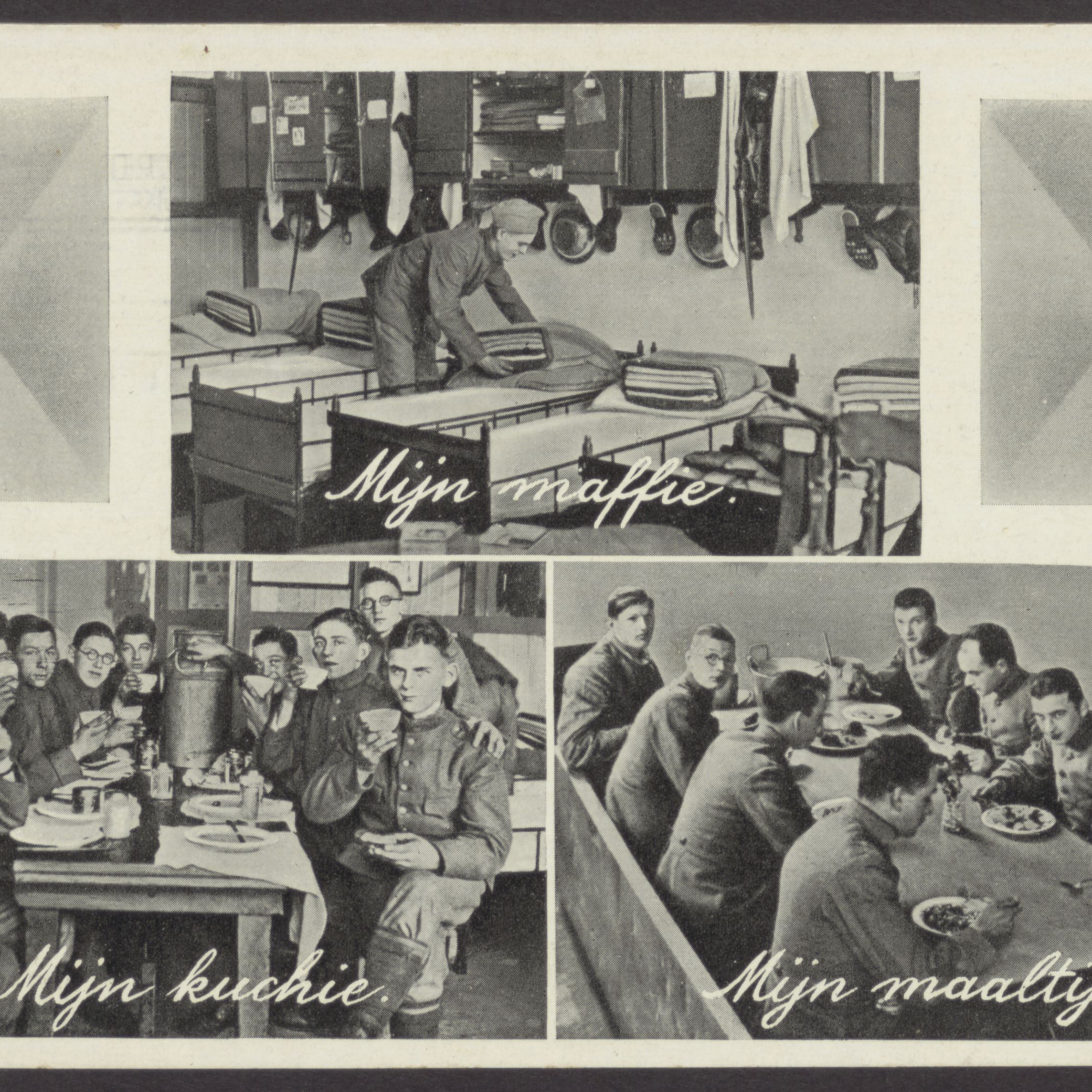
Code Name Yellow: 1940-Invasion and Occupation of Holland
This exhibit follows the initial mobilization of Dutch forces following the German invasion of Poland in September of 1939. Despite the Dutch's longstanding policy of neutrality, the invasion of Holland began when German troops crossed the border in the pre-dawn hours of Friday, May 10th, 1940 under Operation FALL GELB (Case Yellow). Only five days later the Nazis controlled the entire country except for a small area of Zeeland in the southwest. Zeeland would also soon fall.
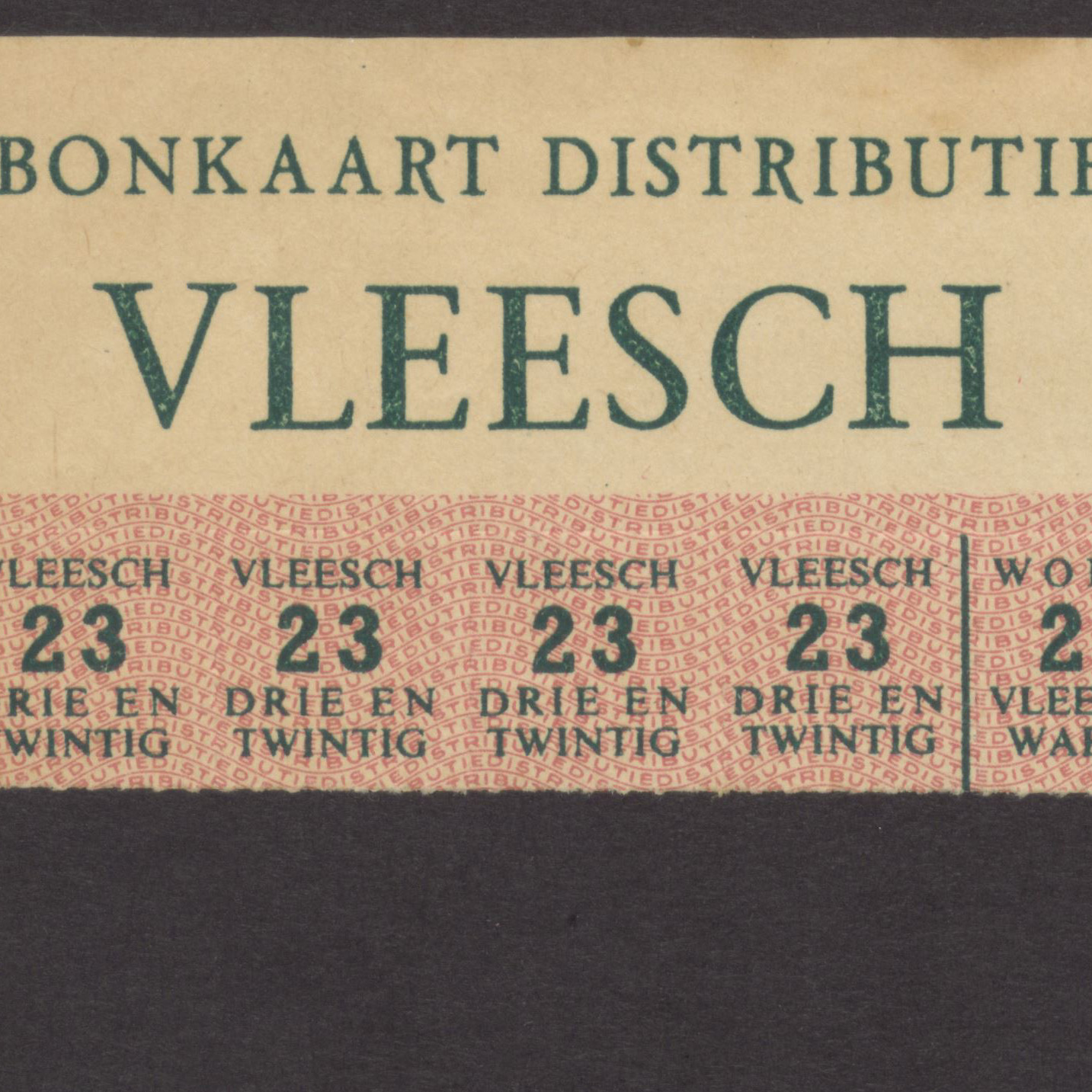
Daily Life in Occupied Holland
The German occupation of the Netherlands spanned five years, lasting from May 1940 though May 1945. This exhibit and collection will provide a glimpse of the lives of the Dutch people under occupation and will exmine the impact of increasingly harsh regulations, censorship, rationing, and forced labor.
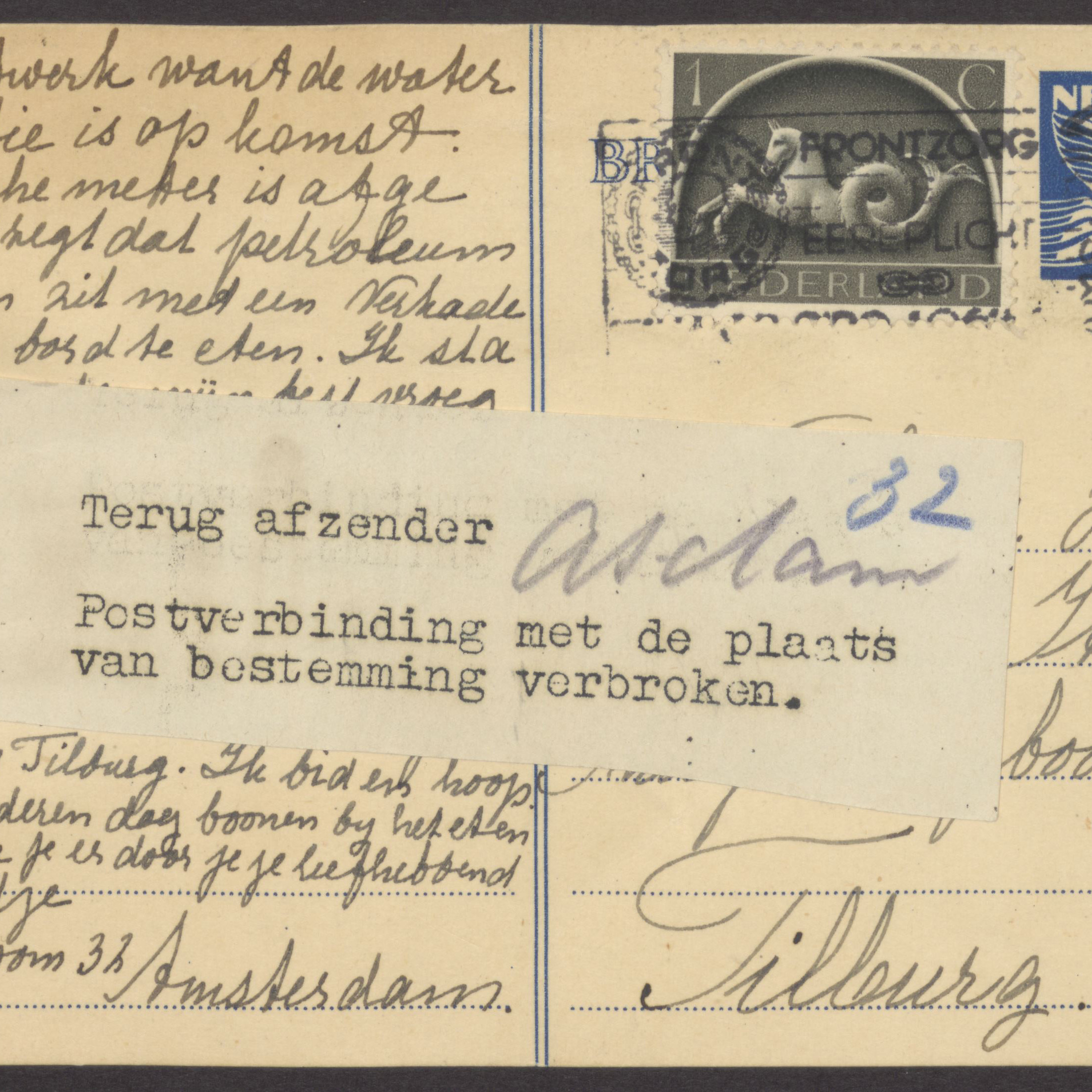
The Hunger Winter and Liberation
After the disastrous Operation Market Garden, the Netherlands was divided between liberated areas in the south and those still occupied by the Germans in the north. As an unusually cold winter began in 1944/45, the Germans introduced a series of restrictive measures, intended as punishment for Dutch support, especially among rail workers, of the Allies during Operation Market Garden. Dutch civilians in occupied areas were cut off from food supplies and forced to survive on restricted rations, resulting in mass starvation and hypothermia. Meanwhile in the liberated areas, people were searching for family members displaced by the fighting and any news of those still living in occupied areas.